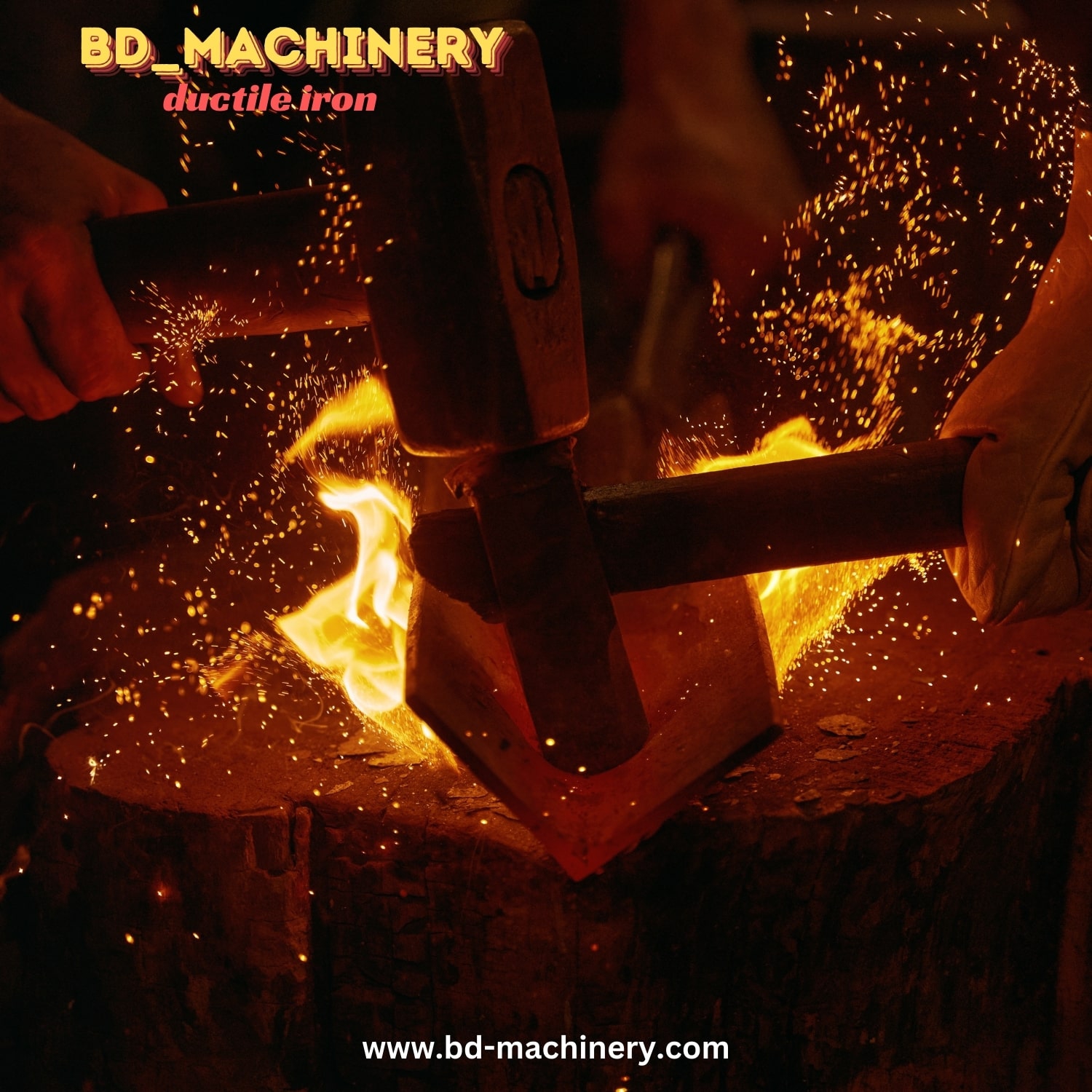Ductile iron, also known as nodular iron or spheroidal graphite (SG) iron, is a revolutionary material that has transformed the landscape of modern engineering and manufacturing. Characterized by its exceptional strength, ductility, and versatility, ductile iron has become a go-to choice for a wide range of applications, from automotive components to industrial machinery. In this comprehensive guide, we will explore the unique properties of ductile iron, its manufacturing process, and the factors that contribute to its growing prominence in the industry.
Understanding Ductile Iron
Ductile iron is a type of cast iron that is characterized by the presence of graphite in the form of spherical nodules, rather than the flake-like structure found in traditional gray cast iron. This unique microstructure is achieved through the addition of small amounts of magnesium or cerium during the casting process, which alters the way the carbon and other alloying elements interact.
The result is a material that combines the strength and hardness of traditional cast iron with the ductility and impact resistance of steel. Ductile iron can be easily machined, welded, and heat-treated, making it an ideal choice for a wide range of applications.
Manufacturing Ductile Iron
The production of ductile iron involves a carefully controlled and multi-step process. The first step is the melting of the raw materials, which typically include pig iron, steel scrap, and various alloying elements. The molten metal is then treated with a magnesium-based alloy, which promotes the formation of the desired spherical graphite nodules.
After the graphite nodules have formed, the molten metal is poured into a mold, where it solidifies and takes on the desired shape. The casting process can be tailored to various techniques, including sand casting, permanent mold casting, or investment casting, depending on the specific requirements of the end product.
Properties and Applications of Ductile Iron
The unique properties of ductile iron make it a highly desirable material for a wide range of applications. Its exceptional strength-to-weight ratio, combined with its ductility and impact resistance, make it an ideal choice for components that must withstand high loads and sudden impacts.
In the automotive industry, ductile iron is commonly used for engine components, such as crankshafts, camshafts, and differential gears, as well as for suspension parts and brake components. Its ability to be easily machined and heat-treated also makes it a popular choice for industrial machinery, where precision and durability are paramount.
Beyond the automotive and industrial sectors, ductile iron finds applications in construction, infrastructure, and even the production of consumer goods. Its corrosion resistance and ability to be easily cast into complex shapes make it a versatile material for a wide range of products, from manhole covers to decorative architectural elements.
Factors Influencing Ductile Iron Performance
The performance of ductile iron is influenced by a variety of factors, including the chemical composition of the alloy, the manufacturing process, and the final heat treatment and finishing processes. The careful control and optimization of these factors are crucial for ensuring the desired mechanical and physical properties of the ductile iron component.
For example, the addition of alloying elements, such as copper, nickel, or chromium, can enhance the strength, hardness, and wear resistance of the material. Similarly, the cooling rate during the casting process and the subsequent heat treatment can significantly impact the microstructure and, ultimately, the performance of the ductile iron product.
Conclusion
Ductile iron is a remarkable material that has become a cornerstone of modern engineering and manufacturing. Its unique combination of strength, ductility, and versatility has made it an indispensable choice for a wide range of applications, from automotive components to industrial machinery. As the demand for high-performance, cost-effective, and sustainable materials continues to grow, ductile iron remains at the forefront of innovation, poised to shape the future of manufacturing and engineering for years to come.




